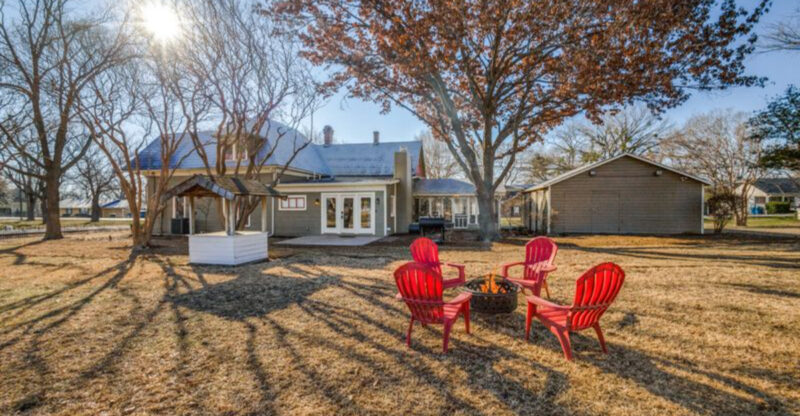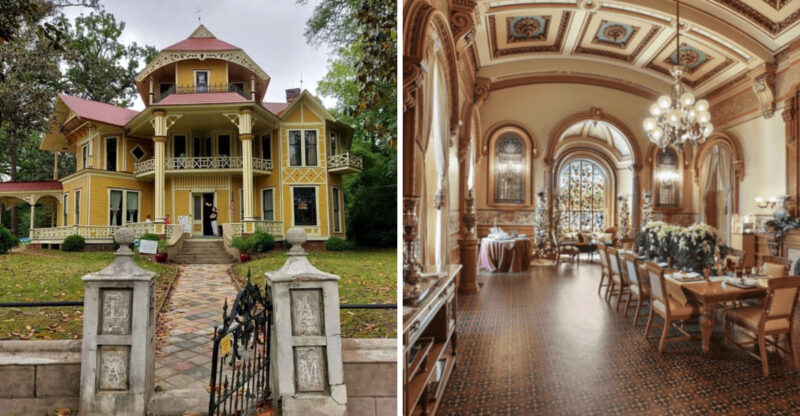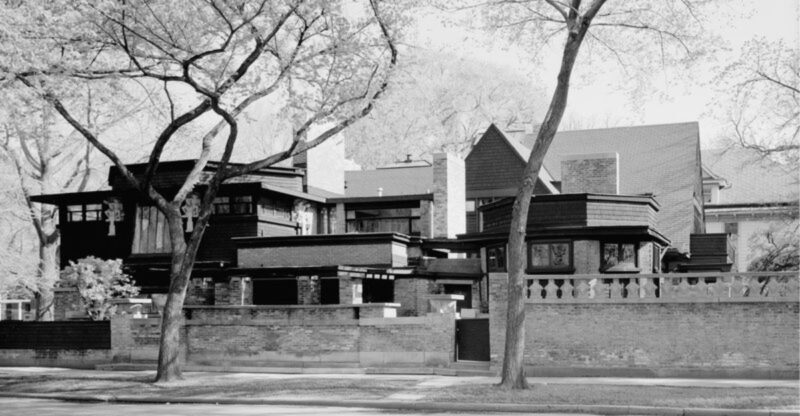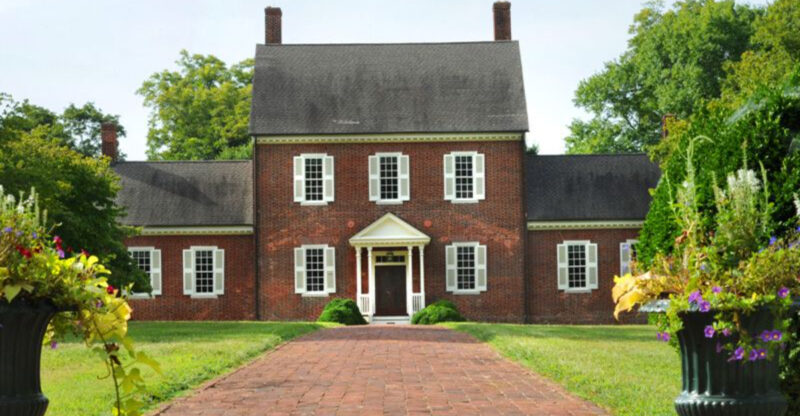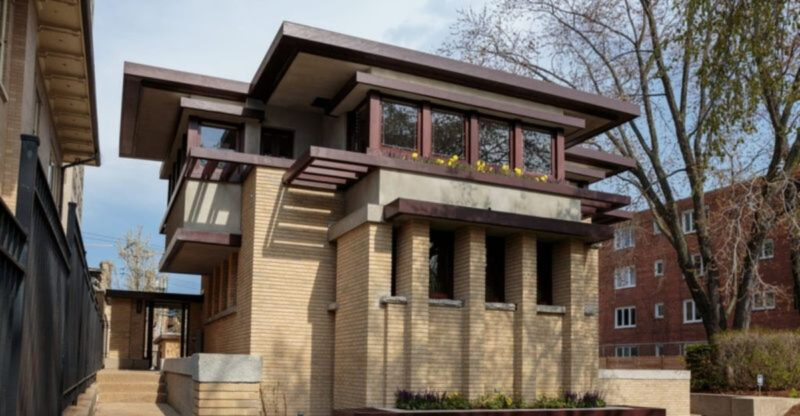11 Hidden Homesteads That Shaped South Dakota’s Past
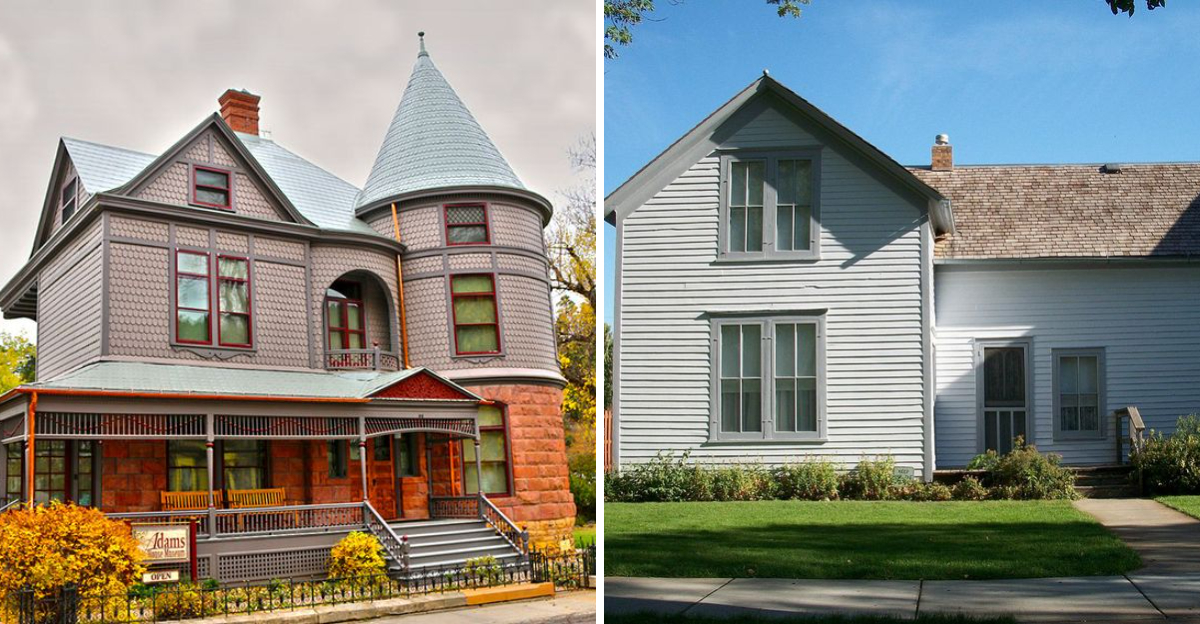
Tucked away in the rolling prairies and hidden valleys of South Dakota lie homesteads that tell the story of our state’s pioneering spirit. These historic properties represent the dreams, struggles, and triumphs of the families who built South Dakota from the ground up.
From famous literary landmarks to humble family farms, these hidden homesteads offer windows into a bygone era when determination and grit shaped our landscape.
1. Prairie Homestead – Near Badlands National Park
Carved into a hillside in 1909, this sod house stands as one of the last remaining authentic sod homes in America. The Wimmer family lived here for over 50 years without electricity or running water.
Visitors can explore the original dugout, outbuildings, and even spot the resident prairie dogs that have made the homestead their playground. The stark beauty of the Badlands provides a dramatic backdrop to this testament of pioneer perseverance.
2. Laura Ingalls Wilder Homestead Site – De Smet
Literary history comes alive at the homestead where Laura Ingalls Wilder set five of her beloved “Little House” books. The Ingalls family claimed this land under the Homestead Act in 1880.
Today, visitors can try their hand at pioneer activities like making hay twists and driving a covered wagon. The replicated buildings include the Brewster School where Laura taught and the Surveyor’s House where the family once lived during the Hard Winter of 1880-1881.
3. Aggergaard Manor – Irene
Built by Danish immigrants in 1912, this stately two-story home showcases European craftsmanship amid South Dakota farmland. The Aggergaard family brought Old World architectural details to their New World dream.
Hand-carved woodwork and imported fixtures still grace the interior. The surrounding farm once served as a gathering place for the local Danish community, preserving traditions while forging new American identities. Today, the manor stands as a testament to immigrant influence on South Dakota culture.
4. Norman B. Streeter Homestead – Buffalo Gap
Cattle baron Norman Streeter’s 1880s ranch headquarters offers a glimpse into the Black Hills cattle boom era. Unlike modest homesteads, this property boasts a commanding stone house reflecting Streeter’s wealth and ambition.
The ranch controlled vast grazing lands during open range days. A devastating blizzard in 1887 wiped out much of his herd, echoing the boom-bust cycle many ranchers faced. The property’s stone corrals and original branding equipment remain remarkably intact, showcasing early cattle industry innovations.
5. Frawley Ranch – Spearfish
From humble beginnings in 1877, Henry Frawley built a ranching empire spanning 8,000 acres. Now a National Historic Landmark, the ranch features an unusual stone house, horse barn, and blacksmith shop that have withstood nearly 150 years of harsh Dakota winters.
Frawley’s innovative range management techniques revolutionized Western cattle ranching. His meticulous diaries provide rare insights into daily ranch operations and early conservation practices. The ranch remains operational today, balancing modern methods with historic preservation.
6. Samuel H. Elrod House – Clark
Beyond its architectural charm, this 1890s Queen Anne-style home belonged to South Dakota’s fifth governor. Elrod started as a homesteader before becoming a lawyer and eventually governor from 1905-1907.
The home’s parlor hosted political meetings that shaped early state policies. Elrod’s modest lifestyle, he continued farming while governor, reflected prairie pragmatism. His extensive library remains intact, featuring rare first editions about Dakota Territory and handwritten notes on early statehood challenges.
7. William H. Over Museum Homestead – Vermillion
Originally claimed by naturalist William Over in 1882, this homestead later became South Dakota’s first private natural history museum. Over collected thousands of plant, animal, and fossil specimens while living in this modest frame house.
Native American artifacts ethically gathered through Over’s friendships with tribal elders form a significant collection. The original root cellar stored specimens before proper preservation methods were available. Over’s field journals, still housed on site, document vanished prairie ecosystems with remarkable scientific precision.
8. Laura Ingalls Wilder Homestead – De Smet
Step into the world of Little House on the Prairie at the Laura Ingalls Wilder Homestead in De Smet, where history isn’t just preserved; it’s playfully lived. Visitors can churn butter, twist hay into fuel, and even drive a covered wagon across the open prairie, just like Laura did.
The homestead bursts with pioneer charm, from the replica Brewster School where Laura taught to the Surveyor’s House that sheltered the Ingalls family during the infamous Hard Winter.
9. Adams House – Deadwood’s Victorian Marvel
Built in 1892 by pioneer businessman W.E. Adams, this elegant Queen Anne-style mansion stands as a time capsule of Deadwood’s golden era. The meticulously preserved interior features original furnishings, hand-painted wallpapers, and stained glass windows that haven’t been touched since Adams’ widow left in 1925.
Visitors marvel at modern conveniences unusual for the era – indoor plumbing, telephone service, and electricity throughout the home. The ornate woodwork and period-specific details transport guests to Deadwood’s prosperous mining days.
10. Pioneer Auto Museum Homestead – Murdo
Time stands still at this remarkable homestead tucked away in Murdo. Originally built in the 1880s by Norwegian immigrants seeking a fresh start on the frontier, this restored prairie dwelling showcases authentic period furnishings and farming implements that early settlers relied upon daily.
Visitors can wander through the rustic kitchen where families gathered around cast iron stoves during brutal Dakota winters. The hand-hewn furniture and well-worn tools tell stories of resourcefulness and determination.
11. Historic Governor’s Residence – Pierre
Nestled in South Dakota’s capital city, this stately mansion served as home to 14 governors from 1910 to 2005. The elegant two-story structure features classic Colonial Revival architecture with grand white columns framing its entrance.
Walking through its historic rooms feels like stepping through time. The carefully preserved interior showcases period furniture, original woodwork, and fascinating artifacts from different gubernatorial families who called it home.

